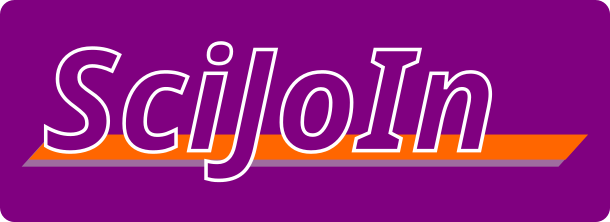Understanding the role of cognitive effort within contextual interference paradigms: Theory, measurement, and tutorial
DOI:
https://doi.org/10.20338/bjmb.v17i1.344Keywords:
Cognitive Load, Prefrontal cortex, Motor learning , Conditions of practiceAbstract
BACKGROUND:“Contextual interference” (CI) describes a counterintuitive phenomenon related to practice organization when learning multiple tasks that are presented in a non-repetitive order. In CI, the lack of repetitiveness introduces a high level of interference within the learning context such that task performance during initial skill acquisition is frequently poorer than if tasks are practiced in a repetitive fashion. However, these learners often perform better on retention and transfer tasks than individuals who learn within a low CI environment.
AIM:We provide a tutorial on several novel ways in which researchers can investigate brain activity in a CI paradigm using functional near-infrared spectroscopy: Relative neural efficiency (RNE), relative neural involvement (RNI), and laterality index (LI).
METHOD:RNE integrates measures of cognitive effort and behavioral performance; in high CI learning environments, RNE should initially be poor (high cognitive effort, low behavioral performance), then improve during retention and transfer. RNI provides an index of the relationship among motivation, mental effort, and performance. Finally, LI allows for the exploration of lateralization between the two hemispheres of the cerebral cortex.
RESULTS:Significant differences were found for total hemoglobin, RNE and LI for the right and left prefrontal cortex regions. The differences were accompanied by moderate-to-large effect size with random using less effort, better performance and was more oriented to goal orientation and learning processes than blocked who focused more on visuomotor attentional components and used more effort with lower behavioral performance scores.
CONCLUSION:RNE, RNI, and LI provide innovative methods to better understand cognitive effort within CI paradigms.
Downloads
Published
How to Cite
Issue
Section
License
Copyright (c) 2023 Nancy Getchell, Patricia Shewokis

This work is licensed under a Creative Commons Attribution-NonCommercial-NoDerivatives 4.0 International License.
Authors must declare that the work submitted is their own and that copyright has not been breached in seeking its publication. If the manuscript includes work previously published elsewhere, it is the author(s) responsibility to obtain permission to use it and to indicate that such permission has been granted.
Authors retain the copyright of their paper and grant the Brazilian Journal of Motor Behavior (BJMB) the right to first publish the work under a Creative Commons Attribution-NonCommercial-NoDerivatives license (CC BY-NC-ND). This license allows users to share the paper given the appropriate credit to the author and source and does not allow commercial uses and derivative materials to be produced.




























